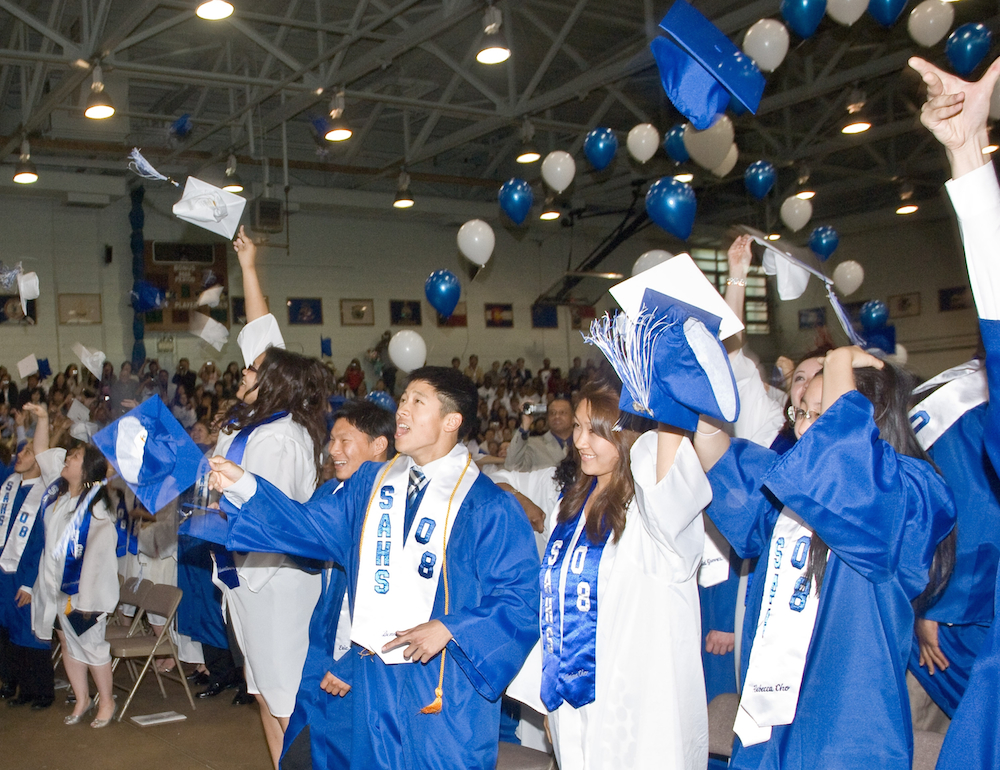![Members of the Seoul American High School graduating class of 2008 celebrate earning their diplomas in this June 7, 2008 file photo. Members of the class of 2015 from around the world have a long way to go before they throw their mortarboards. [Lee Min-hwi/US Army]](http://www.jstudentboard.com/reporter/wp-content/uploads/2014/07/JSR_July19_GRAD-300x231.jpg)
Early applications, usually due in November, split into two types: “early decision” and “early action.” Despite their similarity in name, they differ significantly in that early decision is binding while early action is not.
The binding aspect of early decision is similar to a contract in which the student must attend the college if accepted, even if the student is accepted at other schools. Moreover, students cannot apply for an early decision at more than one school. Although this may seem like a drawback, students usually choose this route for their first-choice schools. The early decision system provides colleges with a pool of dedicated applicants that are guaranteed to accept an offered spot, resulting in higher acceptance rates.
“The presence of demonstrated interest, or the school’s gauge of how likely you are to attend if admitted, has become more of a consideration in the college admissions process,” writes Kat Cohen, a college admissions counselor, in an article on the Huffington Post.
“Especially if the school has a binding early admissions policy,” Cohen advises, “applying early is the most effective way to show your commitment to the institution.”
Early action, which is non-binding, differs from the typical admissions process only in its deadline.
Not every student should apply early, however. The early application process is suited for students who believe their junior year grades and test scores reflect their academic achievements in the most accurate and positive light. Those who believe they need another semester to prepare are advised to take it, as applications should be submitted only when the individual believes he or she is in the best condition to do so.
“A lot of my friends applied early to their schools, but I chose not to,” said Ryan Reagan, a Valencia High School graduate who will be attending UC Santa Cruz in the fall.
“I had a lot of obstacles junior year that hindered me from doing my best in school, and I didn’t think my performance then reflected what I could really do,” Reagan told JSR. “I ended up submitting my senior year grades, which were a lot higher.”
There is no magic time to send in college applications, but understanding the distinction between early and regular can help to clarify the process.

